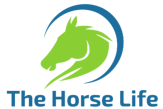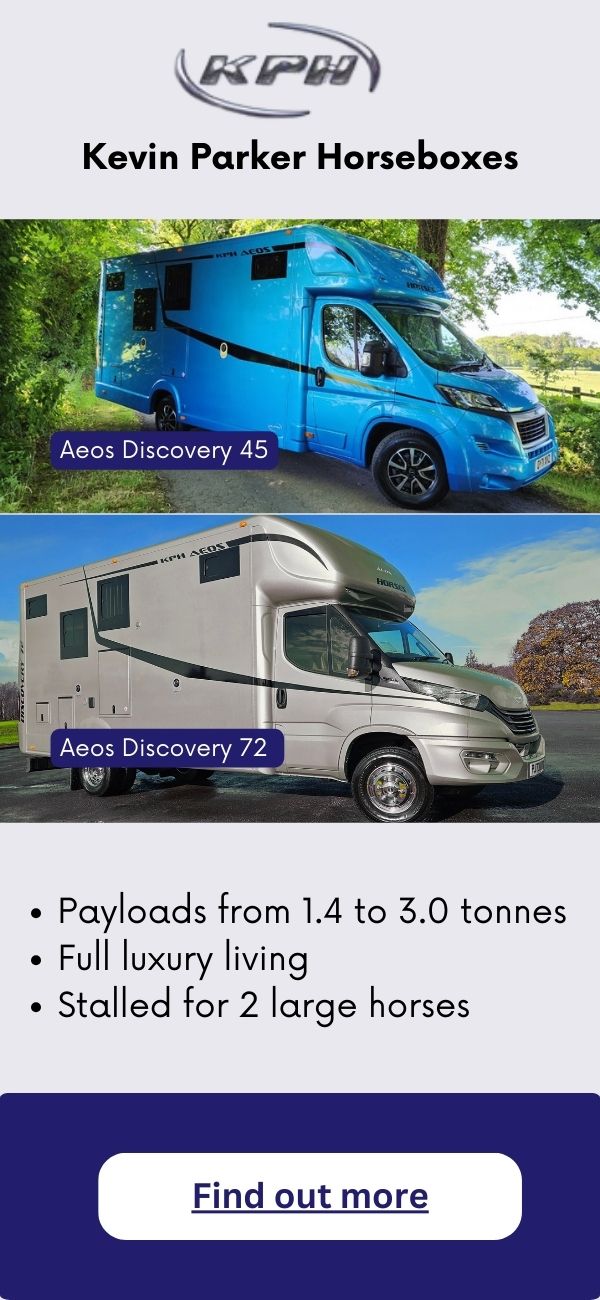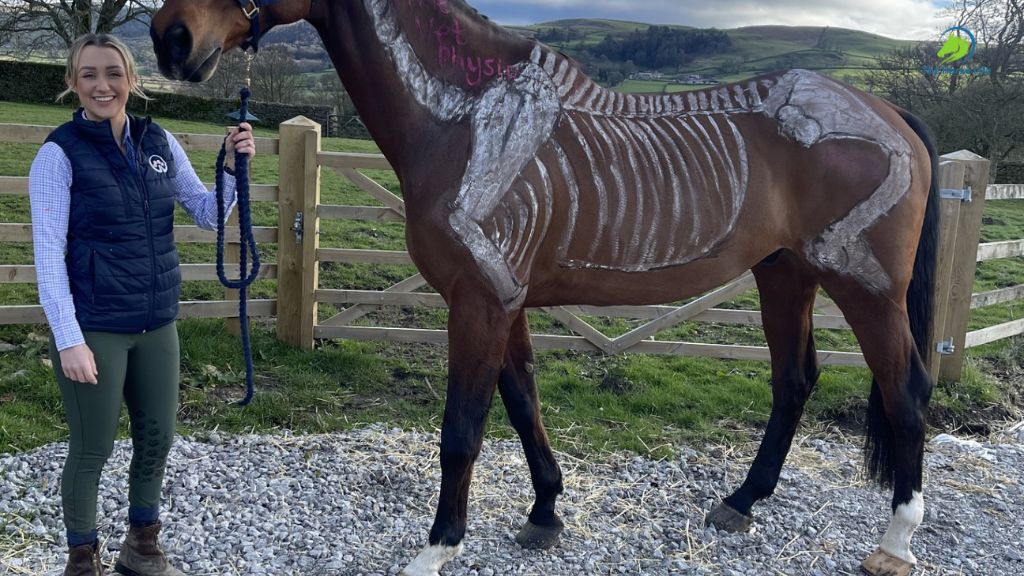
Interview with Megan Pine of Pine Vet Physiotherapy by Samantha Osborne
Background information
Pine Veterinary Physiotherapy was established by veterinary physiotherapist, Megan Pine BSc (Hons), PGDip, MIRVAP. Megan provides a mobile equine and small animal physiotherapy service based in Rochdale and her client base covers Yorkshire and the North West of England.
Megan offers a variety of techniques that combine both an evidence-based and holistic approach to:
- An animal’s rehabilitation from surgery or injury
- Restoring and maintaining mobility
- General maintenance or performance and fitness conditioning
Megan believes in using a range of treatment modalities including manual therapy (massage, stretching, joint mobilisations, Kinesiology Taping, and myofascial release) as well as electro therapies, such as laser, therapeutic ultrasound, TENS/NMES, and PEMF.
As a rising star in this industry, and one of my most generous sponsors, I was keen to interview Megan for The Horse Life.
Have you always been passionate about horses and are you a horse owner at present?
“I have my own pony: Murthwaite Laura Trott (Misty). She is an 11-year-old Fell pony and is as cheeky as they come but has helped me through a challenging few years. I feel that she has supported me through a pandemic and during my years of studying. Now, as a business owner, I have spent the last few years prioritising growing my business; however, when I have free time, I compete with her in a wide variety of disciplines. We have been to STARS and competed in an inhand showing class. We also competed at the TSR Amateur Rider of the Year Show but we really enjoy working hunter classes, cross country and dressage.
I can’t remember a time when I wasn’t passionate about animals! For many years I volunteered at Broad Carr Riding School; it was here that I realised that helping animals doesn’t stop at the vet practice, and there is a whole world of alternative therapies and rehabilitation available. Therefore, after sixth form, I enrolled at Bishop Burton College and studied Equine Therapy and Rehabilitation (BSc HONs). During the degree, we had a guest speaker who was a veterinary physiotherapist. This individual’s lecture inspired and motivated me to apply for the Veterinary Physiotherapy (VP) MSc at Nottingham University. When studying at university, I was also part of the BUCS Equestrian Team; I made the most of any opportunity I had to be around horses!”
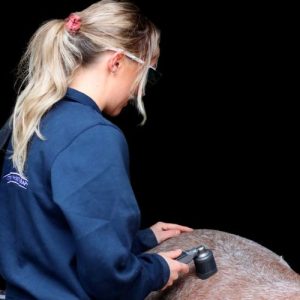
Tell me a little more about what it takes to progress in this career and about your pathway into this industry. What qualifications and qualities does a veterinary physiotherapist require?
“Training routes to becoming a veterinary physiotherapist are varied and continue to evolve. Personally, I chose Nottingham University for the veterinary physiotherapist postgraduate level PGdip/MSc qualification as this route allows you to train exclusively with animals and does not require you to train to be a human physiotherapist first. The university requires you to have a good working knowledge of the care, management and handling of dogs and horses in order to submit an application for a place on the course. To clarify, at least six weeks of animal handling and general care experience, three with dogs and three with horses, is desirable. Furthermore, a minimum of six working days in a veterinary practice is required.
I spent many hours ensuring I had all the correct work experience and grades to attend. I worked relentlessly and my dedication paid off because I achieved a first class dissertation in: ‘Investigating the Effectiveness of Patting Versus Wither Scratching in Horses’.
I started the course in September 2019 and in the same month I also started a job as a stable hand for West Yorkshire Police (Mounted Section); any excuse to surround myself with horses and observe them, which contributed to my knowledge and studies.
After two years, I qualified with a Post Graduate Diploma and immediately set up my business: Pine Veterinary Physiotherapy. I really enjoyed the process of setting up my business and it felt rewarding to apply the knowledge gathered when studying Business Studies at A level. I relish opportunities to be creative and so making a website, bringing my logo and setting up social media accounts was really appealing and enjoyable.
Initially, gaining clients came mainly through recommendation from word of mouth but I also messaged local yards and businesses to grow my client base. You have to be confident, have good communication skills and be resilient in the early days of setting up a business. It requires patience and positivity and if you work hard and remain committed, you reap the rewards. When I became more established, I was able to explore new avenues. I approached some local competitive riders and offered sponsorship packages. I work closely with sponsored rider Samantha Osborne who is doing an amazing job of promoting my business whilst starting up her young horse, Rosie. I am very excited for their future together. I felt giddy to see Samantha compete at BD Nationals on Hubert 2nd last year wearing her Pine Veterinary Physiotherapy branded numnah. With the support of my sponsored riders in spreading the word about my business, my client base has continued to expand, more recently including regular visits to a range of racing yards in Malton.
Additionally, I work closely with like-minded businesses such as Equiball, Nose Bagz, Synovium Horse Health Supplements and Northern Equine Therapy Centre to provide my clients with the best possible service and products. Making connections with Northern Equine Therapy Centre has been an amazing opportunity, allowing me to create bespoke rehabilitation plans that incorporate use of their swimming pool facilities. I can work closely with the experienced hydro therapists to monitor and assist progress during their stay at the centre and update their rehabilitation programmes accordingly.
I also currently provide massage workshops for horse owners. In a workshop I explore basic techniques and educate horse owners about anatomy and injury prevention. Teaching is something I would like to do more of in the future. I believe it is vital to educate owners and make people more aware of subtle changes in their horses behaviour and posture before they become bigger issues. Ultimately, we all need to prioritise horse welfare.”
Who inspires you in the veterinary physiotherapy world at the moment?
“I admire the work that Kallista Charles is doing at present. She is heavily involved in educating owners and creating the FER approach based on the study: Developing the Therapeutic Eye.”
Tell me about some of your career highlights and proudest achievements to date.
“I treated the incredible Highfield Princess, who is trained and stabled with racehorse trainer John Quinn in Malton. In the run up to winning the Group 1 Prix de l’Abbaye in Paris, I provided regular treatments and felt proud to be part of this horse’s programme and success. This gave me such a buzz and sparked an interest which has shaped my future plans as I would now like to focus on specialising in the performance side of physiotherapy. I count myself lucky to have the opportunity to treat such amazing athletes and I’m looking forward to helping many more horses maximise their athletic potential in coming years.
Another career highlight was being nominated for the Equestrian Business Awards 2023, so early in my career, and I would like to aim to be a finalist in the near future.”
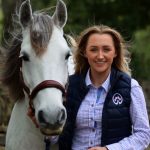
What are your aims for the future?
“I would love to aim to have my own therapy centre with a water treadmill, inpatients and rehabilitation facilities.
I would also love to travel to different countries to support clients when they go abroad and experience different methods of training and physiotherapy overseas.”
Your passion for this role is inspiring. Are there any negatives associated with this job and what do aspiring vet physiotherapists need to be mindful of if considering pursuing a career in this industry?
“There are many highlights in becoming a veterinary physiotherapist because it is a very rewarding job. The bond created between patients and owners is extraordinary. Additionally, we get to establish strong relationships with: vets, trainers, farriers, saddlers, dentists and nutritionists. It is an ever-growing profession which offers new challenges, opportunities and new research which keeps the job fresh and varied. However, this can be very daunting at times! Working alone and running a successful business can be lonely and can put incredible strain on your personal life. It is important to create a plan and to stick to it so that you can manage time treating but also time to keep on top of paperwork like writing up reports and managing bookings.
Overall, I would advise others to not be afraid to ask for help from other physiotherapists and friends.
Most veterinary physiotherapists are self-employed and operate small businesses; however, you can work as an employee under a larger company if you prefer. If you are self-employed, it is important to be self-motivated in order to build a business. It can take a while to gain confidence and adapt to new situations, so it is essential that you have a supportive network and family to support you.
You don’t need equipment to start up as you can rely on the use of manual therapies and exercise prescription. Modalities can be expensive. To begin with, I would recommend cheaper items such as TENS/NMES, which will allow you to take your time in deciding which modality would best suit your business and clients.
It goes without saying that you have to quickly get used to working outside in all weathers too!”
You mentioned educating horse owners and have referred to various treatments a client could expect to see in a session. What are you top exercises and treatments?
1. “Hind quarter Engagement”: These exercises focus on engaging the horse’s hind quarters and strengthening its core muscles. You can ask the horse to perform exercises such as backing up, lateral movements, or transitions between different gaits to activate and strengthen the hind quarters.
2. “Ground Pole Exercises”: This exercise uses ground poles to improve balance, rhythm, coordination, and strength. You can set up a series of ground poles at specific distances and ask the horse to walk or trot over them, promoting balance, coordination, and muscle development.
Remember, these exercises should be performed under the guidance of a qualified equine physiotherapist. They can assess the horse’s specific needs and tailor the exercises accordingly.
After an appointment, I write up and email across a detailed report about everything that has been discussed during the visit. I also leave client’s with homework so that their horse continues to improve and strengthen between appointments. I love it when clients tag me on social media showing their results or commitment to their horse’s treatment plan. I never get bored of getting videos sent to me of owners doing carrot stretches with their horses!
Where can people find you to book an appointment?
My website is https://www.pinevetphysio.com/
Instagram – @pinevetphysio
Contact number – 07592581671
Written by Samantha Osborne
Photo credits: Victoria’s Elite Photography
Recent Posts
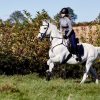 Understanding Horse Public Liability Insurance For Horse Riders23 July 2024Horses are such beautiful animals, but their size and strength can pose significant risks. In this ...
Understanding Horse Public Liability Insurance For Horse Riders23 July 2024Horses are such beautiful animals, but their size and strength can pose significant risks. In this ... Beat the heat: 5 ways to keep your horse cool this summer21 May 2024After a long winter and our infamously fickle British springtime, we might welcome warm, sunny days ...
Beat the heat: 5 ways to keep your horse cool this summer21 May 2024After a long winter and our infamously fickle British springtime, we might welcome warm, sunny days ...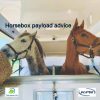 Horsebox Payloads Explained18 April 2024Horsebox payloads and axle loading explained STOP PRESS April 2024: Kevin Parker has now updated ...
Horsebox Payloads Explained18 April 2024Horsebox payloads and axle loading explained STOP PRESS April 2024: Kevin Parker has now updated ...
